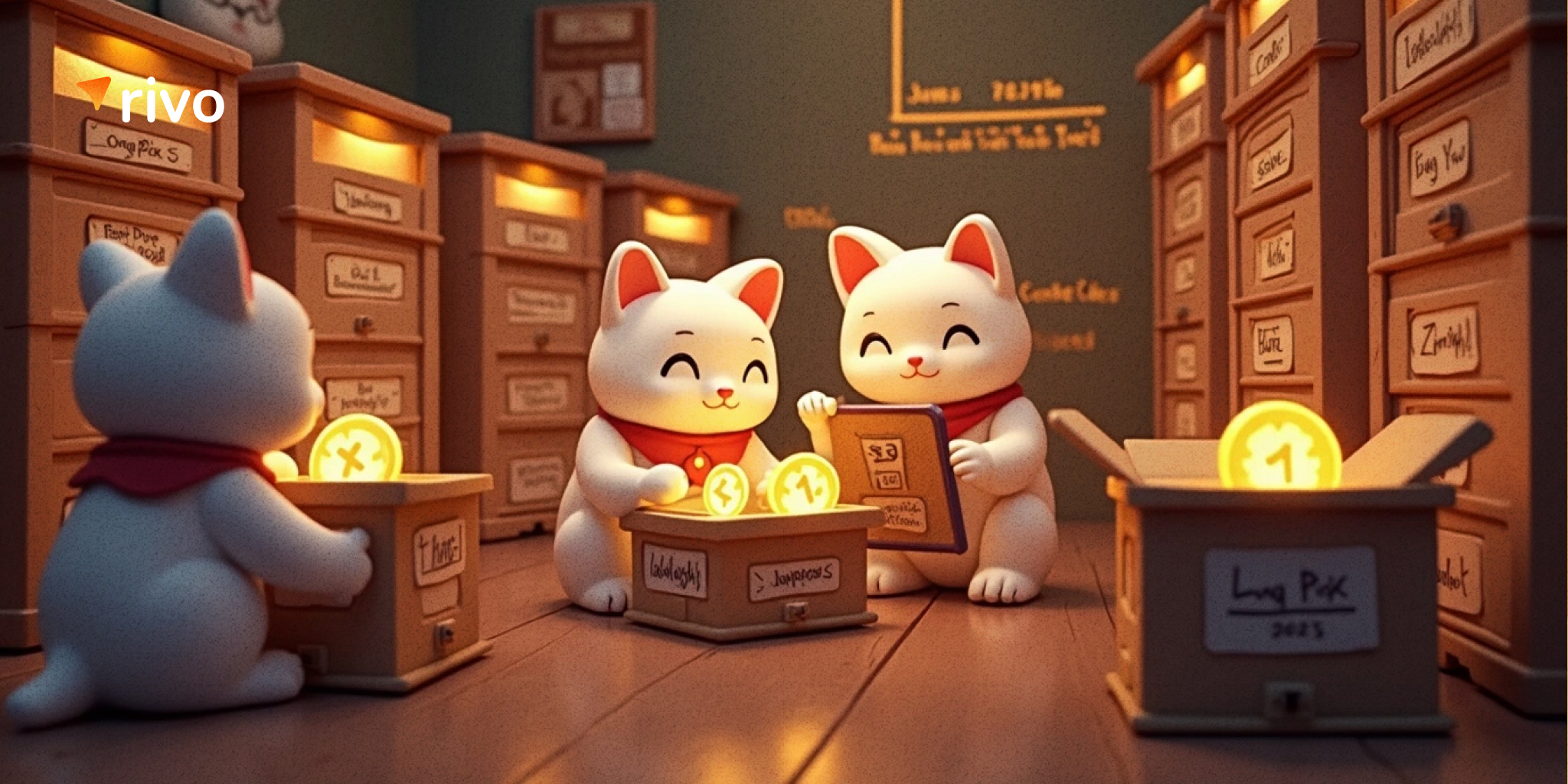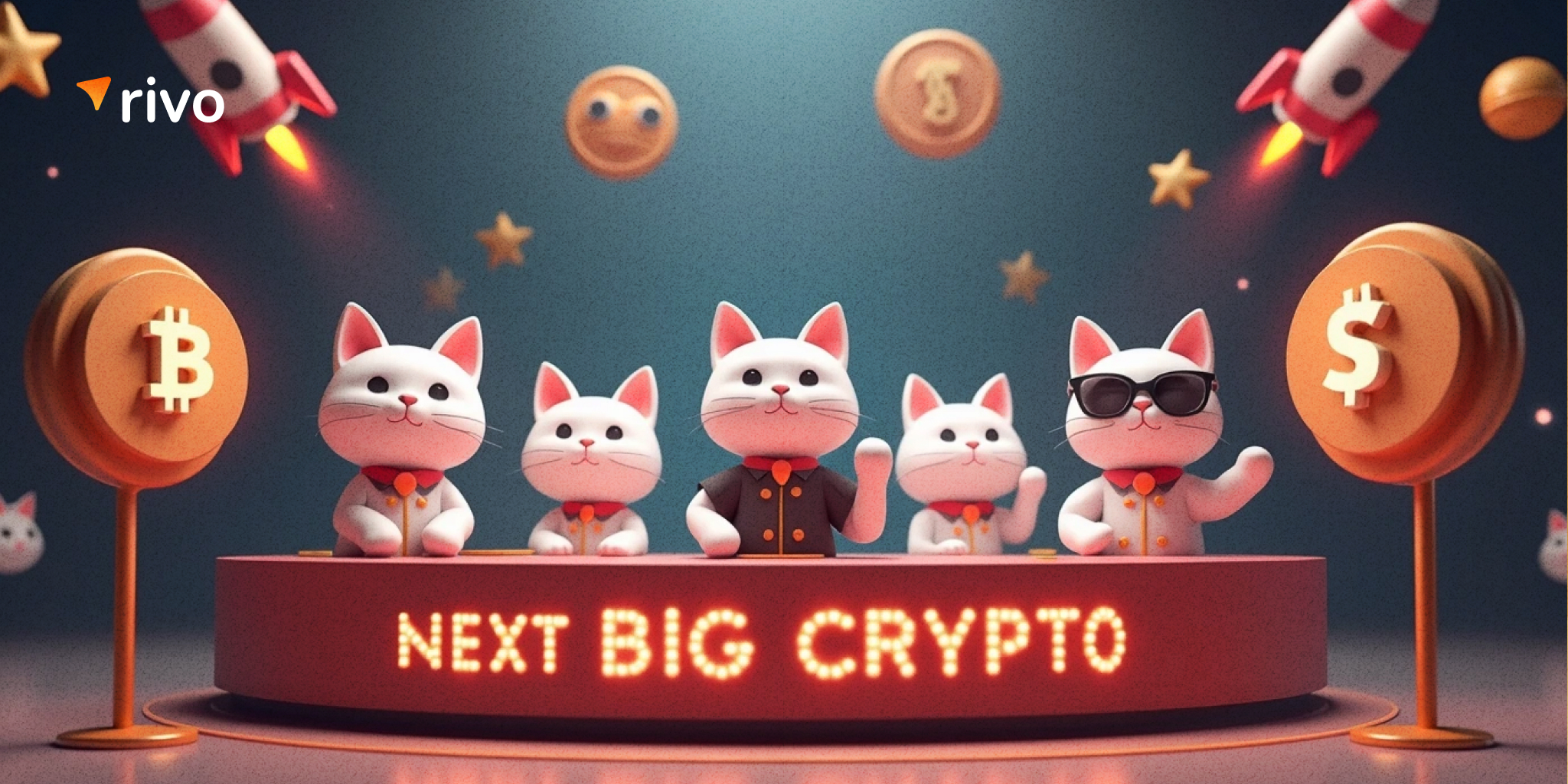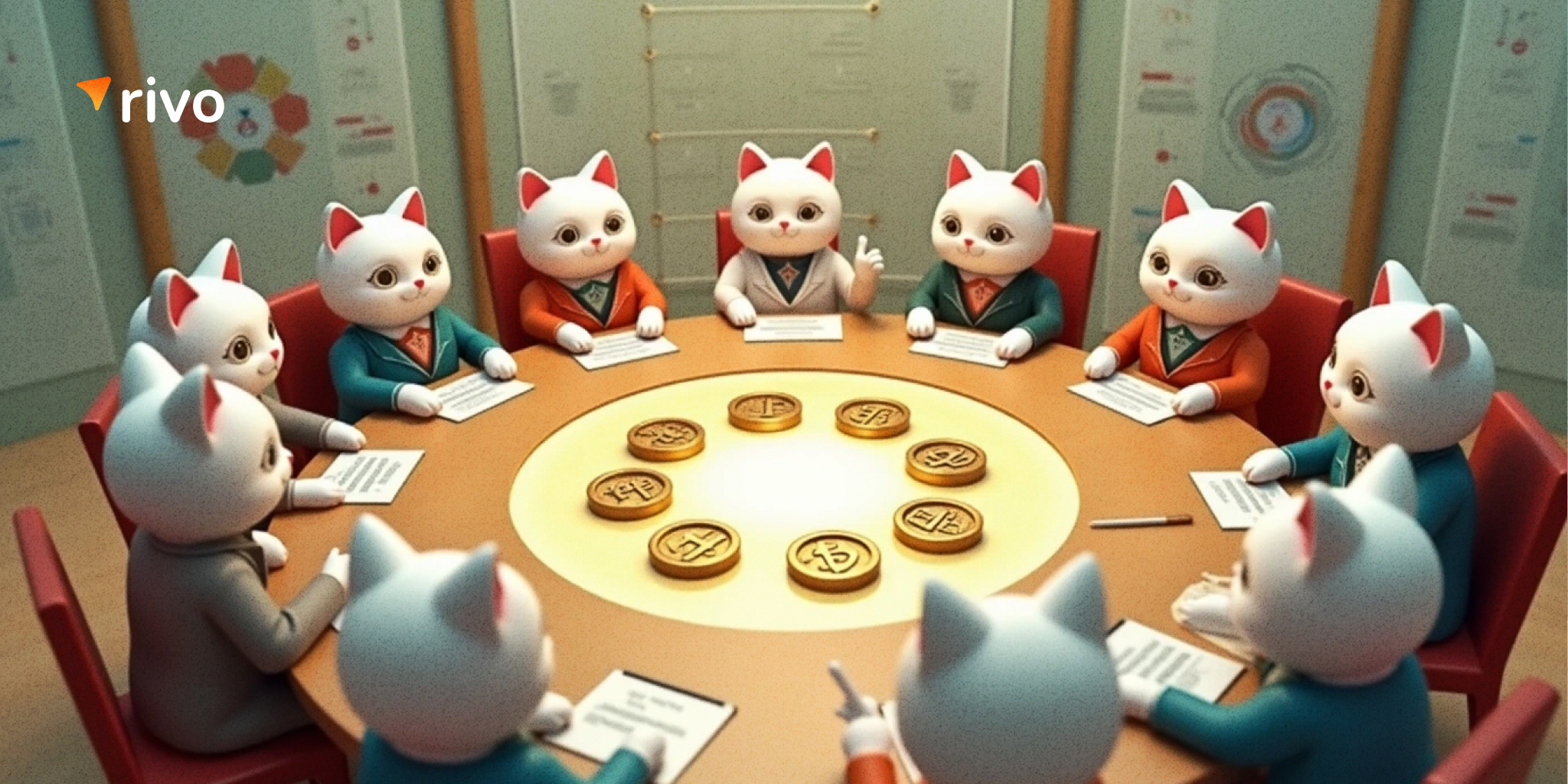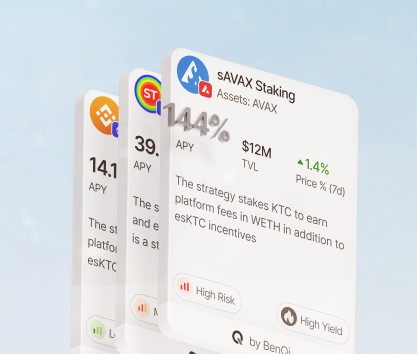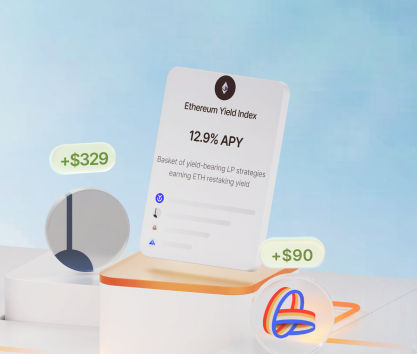Some claim that the total number of tokens that can be bought in the DeFi ecosystem is incalculable. To a certain degree, this statement is true. We can estimate the number of tracked coins across all tracked blockchains but the number of new digital assets minted at any given time is unknown. In a sense, it is a meaningless task to try and count how many cryptocurrencies exist.
However, it is important to know the differences between different types of cryptocurrencies. Simply obtaining this knowledge may provide you with valuable insights. They help you make an investment decision. We are going to give you an overview of DeFi tokens. Let’s talk about digital assets that can be purchased in this chaotic ecosystem.
Since blockchain technology allows developers to mint all sorts of coins with unique utility and tokenomics, categorizing them can be difficult. We will use several methods of classification and talk about the key differences between various types of tokens.
The information in this overview is not financial advice. It is strongly recommended to research investment instruments before committing!
Types of DeFi cryptocurrencies
Digital currencies are expected to be widely adopted globally in the near future. The current rate of ownership is close to 6.8% with over 560 million users across the globe according to Triple-A. Roughly 28% of all US adults own cryptocurrencies. However, 33% of all surveyed investors do not know much about their holdings and utility.
It is hugely important to educate investors because many do not know why one costs over $100 thousand while another cannot break through a $1 ceiling. For example, many do not understand the critical difference between Bitcoin, which is an immutable distributed ledger, and not much else, and Ethereum, an ecosystem designed to build various technological solutions.
On the fundamental level, all digital assets can be put into 4 main categories:
- Payment cryptocurrencies. These are coins like Bitcoin and Litecoin. They are used primarily for financial transactions and often do not provide any utility. Payment coins make up the biggest category of digital assets with Bitcoin dominating over 60% of the total market cap.
- DeFi tokens are issued by decentralized protocols and chains. Often, they provide utility, grant holders voting rights, and can be used to collect boons or rewards. There are many methods for analyzing different types of tokens that you can buy. One of them is the TVL (total value locked) comparison.
- Stablecoins are special digital currencies designed to be equal to a reference coin. For instance, DAI is a stable pegged to the US dollar and managed by the decentralized autonomous organization called Maker DAO. USDT, USDC, and USDe are also good examples of coins with a stable price of $1.
- CBDC or Central Bank Digital Currencies are blockchain assets developed and issued by governments. Nations may use different approaches to digitizing their monetary systems. Underlying technologies may not have anything in common with blockchain.
In some sense, this method of categorization is based on who is issuing assets. DeFi tokens and payment currencies are usually fully decentralized and governed by autonomous organizations. Stablecoins are mostly offered by centralized exchanges and specialized companies. CBDCs are made by governments.
DeFi token categories
The most diverse and numerous category of cryptocurrencies is the one with DeFi tokens. Currently, you can invest in 5,200 protocols across 90 chains. Each of these entities issues native tokens that provide utility, voting rights, and other perks to holders.
You can categorize them by utility:
- Tokens can be used primarily as rewards and grant holders discounts on fees, access to privileges, and more.
- DAO tokens are used in voting when the community is choosing the direction for the development of the project.
- Some tokens are used as temporary signifiers that you hold stakes in protocols. For instance, Lido gives you stETH when you stake ETH.
- Non-fungible tokens are immutable assets that represent ownership of certain entries on blockchain ledgers. NFTs are mostly used in games and media.
This particular categorization is not as important as one may think. Regardless of their utility, tokens are still traded in the open market where many retail traders do not take it into consideration. Utility can be valuable to active users of protocols and chains but does not necessarily translate into price fluctuations.
Investing in DeFi cryptocurrencies depending on protocols
Almost all protocols have their native tokens that can be traded on centralized and decentralized exchanges. There are many categories of decentralized protocols. For instance, DeFiLlama tracks 75 different categories containing over 5,000 protocols across 90 chains with a combined TVL of over $106 billion as of the time of writing.
Here are some of the most popular categories and examples of successful projects in each category:
- Liquid staking is a great choice for people interested in actively managing their digital assets. Lido allows users to stake ETH at roughly 3.8% APY while receiving stETH (staked ETH) tokens in exchange. These can be used on platforms like Aave or fx Protocol to increase potential gains.
- Lending is the second-biggest category of platforms with over 476 tracked entities and a combined TVL of over $49.8 billion. Aave is a great choice with its massive $19.6 billion TVL and 144 pools averaging 1.86% APY. $AAVE has a $3.75 billion market cap.
- DEXes form a very important category of protocols that facilitate trading within the ecosystem. There are over 1,500 tracked DEXes with a solid combined TVL of over $25 billion. Curve DAO is one of the premiere Ethereum exchanges where CRV tokens can be used in governance voting.
Other notable categories include yield farming, CDPs, RWAs, derivatives, basis trading, and more. Note that one must always keep in mind all the risks associated with investing in different types of tokens. For instance, yield farming and liquidity provision can be risky due to impermanent loss while lending may bring smaller profits but without exposing you to various dangers associated with crypto investing.
Newcomers should focus on using time-tested protocols on promising chains. Aave, Curve DAO, Uniswap, Lido, and many other industry-leading platforms should be prioritized.
The future of DeFi tokens
The combined TVL of the whole ecosystem grew by over 184% since the beginning of 2023. As of the time of writing, over $106 billion is locked in various protocols. The number does not include direct staking on Polygon, Ethereum, Atom, and others. Many pools and investment instruments are not tracked by data aggregators like DeFiLlama or De.Fi.
Companies like Rivo.xyz offer unique capital allocation opportunities and help investors select good options. With the current size of the sector and the variety of options, it can be hard to find the right strategy. Investing in indexes like the Base Yield Index at Rivo (over 18% weekly APY) can be a better idea for many crypto holders.
Due to the chaotic nature of the sector with an overabundance of information about assets that may never gain any relevance, the impact of market volatility of DeFi cryptocurrency is simply tremendous. Many assets that have been around for ages may have an average annual volatility of over 200%!
On the other hand, the influx of cash from institutional investors is slowly separating the wheat from the chaff with some tokens gaining more traction than others. We strongly believe that it will be possible to make informed decisions in the near future. Right now, we must focus on understanding how communities are shaping the future of DeFi cryptocurrencies by supporting some of them, participating in governance, and actively trading various digital assets.




